Strona główna
Narew SHORAD: A Unique and Key Impulse for the Polish Industry
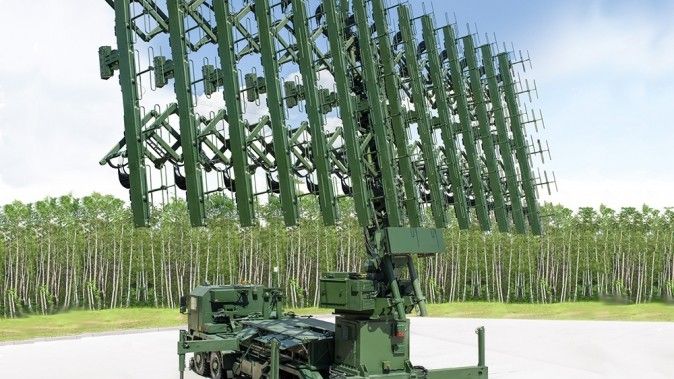
Our estimates suggest that the full scope of involvement in the Narew program, with 19 batteries, would also make it possible to finalize the order at a much lower price, than in case of a competitive solution. From the point of view of the Polish military it is important that, in the dynamic political situation, we will be able to update and modernize, and modify the system, every 5-6 years, said Hubert Stępniewicz, Member of the Management Board at the PGZ Group.
Jędrzej Graf: Narew SHORAD program is one of the key Polish Armed Forces modernization processes. What is the PGZ Group’s proposal, when it comes to the Narew system?
Hubert Stępniewicz, member of the management board at the PGZ Group: The PGZ's offer is based on three key elements. The first one is the whole sensor system. The second one is the C2-class command suite, that we will develop, design, and integrate. The third element, the effector – the launcher and the SHORAD missile - is an element that we want to acquire from an external supplier, assuming that it is fully Polonized. We remain in touch with our partners, to take over the relevant know-how on the design and development of the effector, within the framework of the program. So that we attain full adaptability to the requirements of the Polish Armed Forces.
And how does the Narew program implementation schedule look like, in case of PGZ? The requirements have been broadly outlined: protection of the Patriot batteries procured within the framework of phase I of the Wisła program, protection of the airbases hosting the F-35 and F-16 MRCA, protection of own and allied forces, and protection of infrastructure facilitating the forces reception...
We assume that we will be fully compliant with the upcoming stages of program implementation. We do meet the expectations of the Polish Ministry of Defence when it comes to the tempo at which the additional squadrons shall be formed. Whereas the first stage is aimed at product development, namely the process through which the system would be created. Then it would undergo testing. Then, series deliveries would begin. The initial phase is a period of up to 6 years. After that, we will be ready to deliver the system in line with the schedule and needs of the Polish Armed Forces.
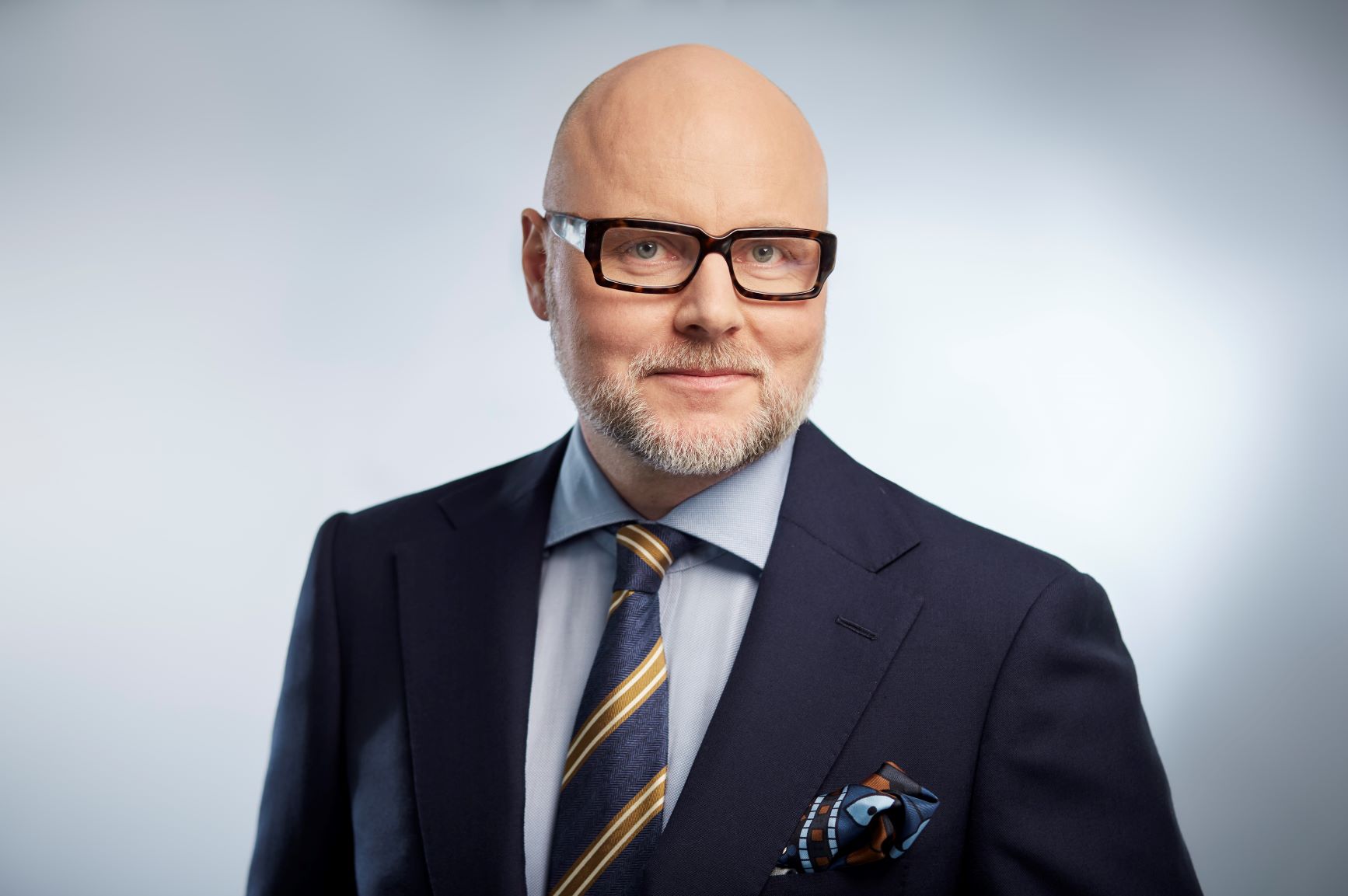
Would PGZ allow for the gradual development of the Narew system configuration? Let me explain and exemplify: the Sajna radar is still being developed, a few years are still needed to launch the manufacturing of this system. On the other hand, we have the Bystra radar at our disposal. In 2017 it was suggested that implementation of the Narew system could be accelerated if the Bystra radar is used. Is the Bystra radar still being considered as a possible element of the Narew system? When the first batteries could attain readiness?
This is not necessarily going to be a single-staged offer by default, as the fact of owning the C2 system makes it possible to manage and gradate the system itself, by connecting further sensors and radars, as readiness is being attained. Thanks to the above, on one hand, we could make the system scalable, meeting the expectations of the Polish Ministry of Defence, on the other hand, we could still develop it, as new elements become available. Here I am referring, primarily, to the radars. If we have a look at that 6-years long timeline, we can use that period to bring the system to its final form, for instance, we could finalize the work concerning the individual radars and, as a consequence, offer a comprehensive system, similarly as the fire units and full support elements. At the same time, we could manufacture elements that will certainly become present in the final configuration. This would allow us to eliminate the cycle bottlenecks.
Back in 2017, a system was showcased in a configuration using the Bystra radar. Using the existing Soła radar coming from the air defense component's inventory, for the sake of integration has also been accounted for. This was an idea that emerged during the term of office of the previous head of the MoD, and it was to be implemented over 24 months. It was assumed that a Polish radar would be, in a simple manner, integrated with a launcher acquired from a foreign partner.
This solution did not end up in successful finalization. However, a potential return to that path is still, technically, possible. Now, we are waiting for the Ordering Party decision on the Narew program, while the work on the Sajna radar progresses in parallel. In 2023 Sajna would be ready, on our side, for the series manufacturing. The same could be said about the system as a whole, in 6 years. There is no urgent need then, to introduce a "gap-filler" configuration. However, this still remains feasible.
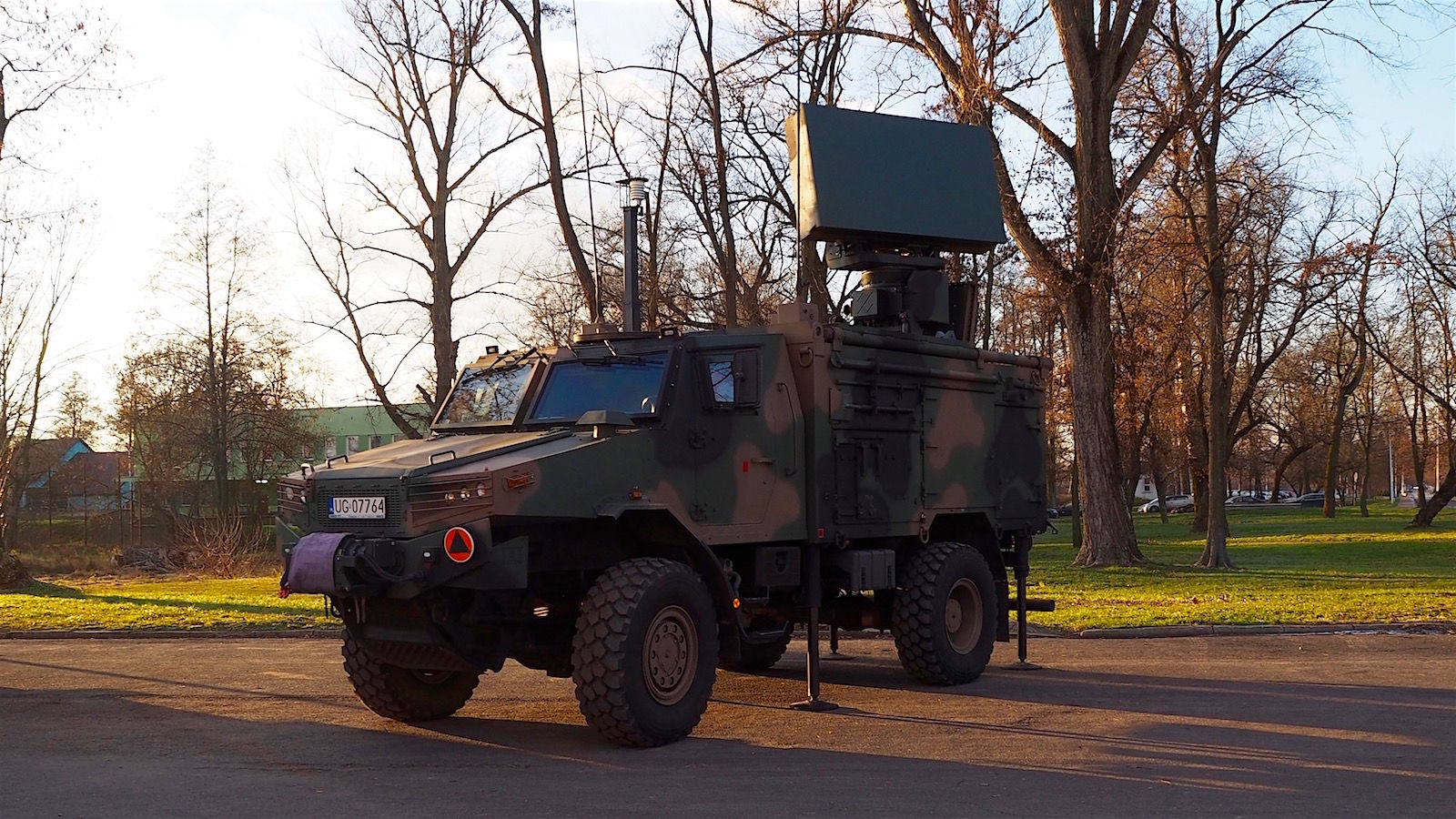
Narew is to work in sync with different layers of the air defense system - the Wisła system and the domestic VSHORAD systems, such as Pilica (in the Air Force) and Poprad (in the Army). Would the Narew C2 system be ready to work with those, within a single element?
Yes. Its readiness would be even higher, concerning the remaining systems, since it would be developed at PGZ. This is the main advantage that our solution has: the ability to be vertically integrated with systems at different tactical levels. This is the foundation of the C2 system development concept. If we have a closer look at our experience gathered during the development of command systems (Dunajec, Dunaj, SAMOC), then we can clearly see that we could integrate all of those critical elements, the command and control subsystems.
So the effort aimed at the establishment of that system is in progress already?
The work has been going on for a few years now, without any interruptions. We have implemented multiple modules. We want to plug every proven, and known, and quality element into that system. Obviously, still, some elements would be relatively new - such as the fire control system. Here, however, a decision would be needed, on the selection of the missile.
Another element that shall be implemented here is the multi-channel profile that the C2 is going to be based upon. This is a relevant difference when compared to the existing systems. Even though we have been delivering multiple channel capability in the case of the VSHORAD systems already, the extent of that capability was not sufficient for the context of the Narew system.
And what about the risks associated with the development works? Aren’t you worried that establishing a new C2 solution would entail a risk of delays or excessive cost?
We must remember that any undertaking based on development works entails a certain risk. The problems arising on the grounds of technical complexity are known even to the market leaders, and the leading national defense industries. I would like to emphasize, however, that the PGZ Group is very well prepared to complete work in the area of air defenses.
We have some experience already, in establishing various command systems that are currently operated by the Polish Armed Forces. It needs to be added that over the first decade of this century we had just 14 months to integrate the Kobra air defense system, in line with the specific requirements of the foreign customer, with that system consisting of missile and artillery assets, C2 suite and a radar. Back then the system offered included the Polish GROM VSHORAD missile. Thanks to the above, and thanks to the fact that all of those elements were being created by us, this has been achievable, even though the partner required the carrier platform to be modified for specific terrain conditions. It may not seem relevant, but, contrary to the general belief, it had an impact on the configuration of the system as a whole. We are speaking of Narew today, which has a range exceeding 20 kilometers. However, assessing the PGZ's offer we cannot disregard our know-how gathered during those programs - Poprad, Pilica, and Kobra.
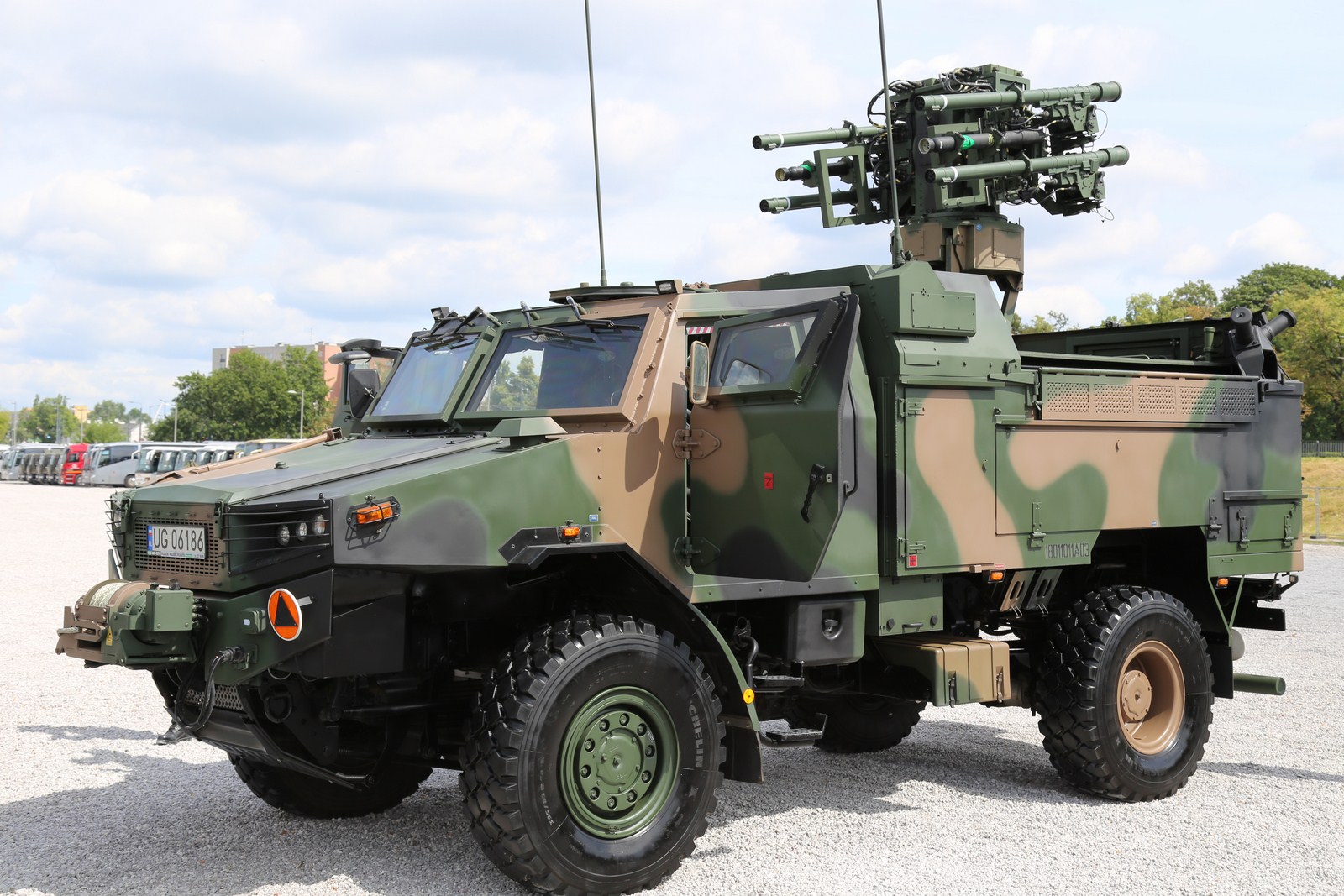
If a foreign command system is procured “off-the-shelf”, then it would need to be tailored to work with the existing and prospective solutions developed in Poland. This also requires some work to be done, and that work, on the other hand, requires time. None of the Narew procurement schemes could be implemented instantly. Implementation of a system in the Armed Forces is a process.
So, how does PGZ view it - is it possible to fuse a Polish C2 system with IBCS, and would it make it possible to establish an effective cooperation link with Wisła? Have any talks regarding the A/B-Kit integration taken place, involving the US partner?
Our concept did take into account the option of integrating both systems. This is an indispensable element, between Wisla and Narew. We do acknowledge a technical possibility for the Polish C2 and IBCS to work together. The communication between them is necessary. Otherwise, it would be impossible to create a national IADS. We have been working with NATO systems already, the capacity within that scope is available and we know that the integration is possible.
The initial offset assumptions regarding Phase II of the Wisła program suggested that the Polish radars, P-18PL and PET-PCL, would be directly integrated into the IBCS network. Is PGZ ready for integration as such?
Yes. For instance, since we are finalizing an offset agreement package with Raytheon, with regards to that area. Thanks to the above we are getting ready for that, technically. Furthermore, this will make it possible to integrate the Polish radars within the environment that is being delivered throughout Phase I of the Wisła program.
Indeed - negotiation is currently going on, covering the matter of annex on the Wisła Phase I offset agreement. What is the status of this undertaking, and what impact it may have on the implementation of the Narew program at PGZ, and on participation in the aforesaid Phase II of the Wisła program?
Assuming that our US partners are fully involved (our involvement is at the level of 150%), we will be able to finalize the talks over a short period. The Raytheon colleagues would need to address this question. Due to COVID, some talks are going on in a remote setting, and this is, certainly, not helpful here. The technical aspects of the agreement have already been arranged. License-related matters are being discussed now.
The talks are not easy, but we assume that the other party's intentions are good. We are determined and involved, to reach a satisfactory solution. We are currently focused on the legal definition of technical issues. COVID has interrupted the process as the talks were suspended, but we are covering the backlog now, working at full speed.
What is the difference, from the point of view that PGZ assumes, between the situation in which the radars and license manufactured missiles would be delivered and manufactured by PGZ and directly plugged into IBCS, or plugged into a domestic C2 solution? What industrial pivot would be experienced, with radars and missiles being procured from the Polish military and plugged into IBCS, fas opposed to the procurement of a Polish C2 solution and the whole system, "off the shelf"?
The Narew program is absolutely unique and key, as an impulse for the Polish defense industry, operationally, technically, and economically as well. It would make it possible, over 5-6 years, to develop our capabilities and level-up. It also involves the establishment of missile know-how in the area of anti-aircraft missiles with a range exceeding 20 kilometers. This has a key meaning for the development of that domain, that we experience now within the scope of SHORAD only. Here we are speaking of a program worth several bn. zlotys, distributed across a timeline of several years. The program that would, if implemented by PGZ, create a stimulus for the budget, assuming that we would be tasked with delivering sensors, control systems, and missiles.
In a situation as such, 45-50% of expenditure goes back into the budget in a form of taxes: PIT, CIT, VAT, social security, or local taxes. The analysis and simulations conducted assume that, should the program be assigned to the domestic industry, almost 50% of the contract value would return to the budget. This means that almost 500 thousand zlotys of each million spent would be recirculated.
And what if the situation is different?
If PGZ is not working on the Narew system within a full scope, all that is left for us to do is to "manufacture sheet metal" and deliver the carrier platform. And a situation as such is opposed to the common theses circulated around, suggesting that the Polish defense potential and defense industry would be reinforced. The potential is being established based on programs such as Rosomak, Krab, or Rak - there, we are dealing with both the scale of the orders and responsibility for the product that we would be delivering as a whole. Development of Narew on our own would translate into creating of export capability that could be offered to others, in 7 to 10 years. We are changing our market position then, becoming a country that has an export-capable defense industry at hand.
Our estimates suggest that full involvement of 19 Narew batteries in the program would make it possible to accomplish the order at a price much lower than in case of a competitive solution. From the point of view of the Polish military it is important that, in the dynamic political situation, we will be able to update and modernize and modify the system, every 5-6 years.
Considering the Polish geopolitical setting, a high degree of interest in our defensive assets emerges, thus we need to be able to modify and upgrade them systematically. And that's what the cooperation with PGZ guarantees. Furthermore, the money spent on keeping the system up and running, and on the operational use of that system throughout its lifecycle, would be circulated domestically. Let us recall: the cost of procuring the system and the licenses and tech constitutes 20-25% of the total value of the contract. The remaining funds would be spent on maintenance, servicing, and upgrades.
What is the potential that the PGZ Group has when it comes to development and manufacturing (on its own, or based on a license) of missiles? Is that potential sufficient?
PGZ has been engaged in relevant partnerships and memoranda involving the potential suppliers of SHORAD missile systems known as Narew. Those agreements pertain to the option of acquiring missile technology, and they guarantee further modifications and development of the designated designs. This fits well in the sovereignty framework that bears a key meaning for the program, within the scope of the product lifecycle and of systems as such available in the inventory of the Polish military.
The systemic solutions offered by PGZ have features that allow them to work with effectors supplied by a myriad of manufacturers. We are ready to tailor our solutions to those delivered by other suppliers, selected by the Polish Ministry of Defence.
The idea behind the Narew program is to technologically reinforce the defense potential. We have relevant solutions in the areas of C2 or radars - or solutions as such are being developed, and they fully correspond with the requirements of the Polish military. However, in the area of the effectors, we very much hope to acquire this element from a foreign partner.
Is PGZ even thinking about a scenario in which, in the longer run, other effectors would become a part of the Narew solution? For instance, developed within the framework of effort undertaken by the domestic industry?
Yes, this is the assumption that we have made. We want to obtain a full license for a short-range missile, to acquire a capability of our own, to develop short-range missiles, and to fully develop the system in the future. The history of the Polish IFF systems can be viewed as an example here, of a well-executed project based on a license agreement. Our ambition is to add Polish effectors alongside the Narew missile that would be license-acquired. The scale of the Narew program, within the scope of the missiles, makes it impossible for us to resign from any ambitions that we may have in the effectors' domain. We see a great opportunity here, and we want to stand up to that challenge.
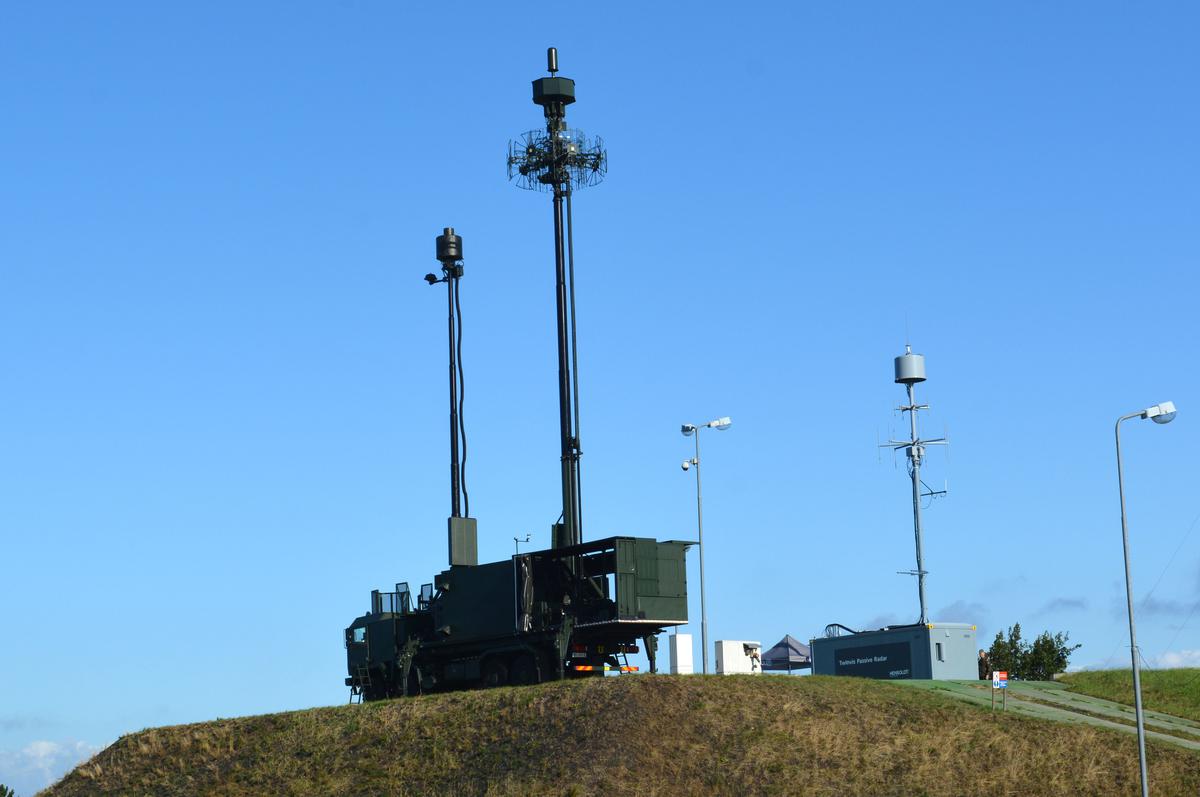
What form of cooperation is the PGZ Group willing to adopt, with the involvement of the missiles supplier, the foreign partner? Is it going to involve incorporation of that partner in a consortium, a joint company (as in Germany, where the TLVS system is being developed jointly by MBDA and Lockheed Martin in a 50:50 setting), or is it going to be business-to-business cooperation, with the partner acting as a subcontractor?
The legal form of cooperation is aimed at the completion of specific objectives and it is going to depend on the level of risk assessment issued by both parties. It is possible that the partners would like the undertaking to take a form of a joint venture - this seems to be a safer solution for them. For us, substantial and technical arrangements are much more important. The most important thing is to develop a formula that would allow us to procure a license and thus establish a market competency of our own. When it comes to effectors, there are many missile manufacturers around, that could be a potential part of this program.
Will you be selecting that partner, or is it a matter that is going to be defined by the MoD?
The MoD would be selecting the missile. It would be challenging then, to have a partner offering a different effector. We have been talking to all of the entities that submitted their requests to participate in the Narew technical dialogue. At the moment we have agreements in place, with specific partners that share our mindset, and who remain ready to share the manufacturing technology with us. They have also agreed to manufacture the missiles in full, at our companies. Not everyone agreed to the terms defined by us. Those who did - are with us today.
The capabilities-related discussion often sees PGZ indicate that the Homar program was to be implemented by PGZ jointly, with a foreign partner acting as a subcontractor. According to the Polish Ministry of Defence, the scenario's cost exceeded the assumed amount several times, which resulted in an "off-the-shelf" purchase. What conclusions have been reached here? How PGZ is going to avoid the repeated scenario in which the cost is exceeded once again?
To develop a specific solution, responding to the user-defined requirements, one needs to spend some money. This investment is distributed, within the framework of series manufacturing and sales of the series manufactured products. The scale of the Narew program would make the program economics differ from the Homar proposal. Should somebody be willing to procure 100 missiles in one transaction, then, in our case, he/she would be dealing with a price higher than the one offered by the manufacturer with the manufacturing facility and supply chain launched.
However, if that customer would like to acquire 1,500 missiles via an agreement distributed across a longer timeline, then the market price, in domestic and export settings, would be good and comparable. We need the scale to come into play here. The larger the scale, the greater the chance is for the price to be lower and affordable for both parties. This is why it is so important for the procurement to cover full 19 batteries. Narew is a system that is going to be used for at least 3 decades, and the cost shall be perceived within the framework of a perspective as such.
How much money is needed to finalize the R&D effort, to be able to launch the Narew manufacturing process?
Within 6 years we would reach level 9 of the technology maturity, going through all phases of solutions development and integration. The process would be brought to closure over that period. The development phase entails a price tag that constitutes just a few percent of the total contract value that covers the cost of acquisition of 19 batteries. However, one should remember that our industry used to frequently find itself in a situation, in which it was getting ready to manufacture large quantities of equipment and, suddenly, the size of the orders was being reduced to a symbolic level. This usually resulted in the growth of the unit price. We hope, however, that this time it is going to be different.
Thank you for the conversation.
Interview was done with help provided by Maciej Szopa.
